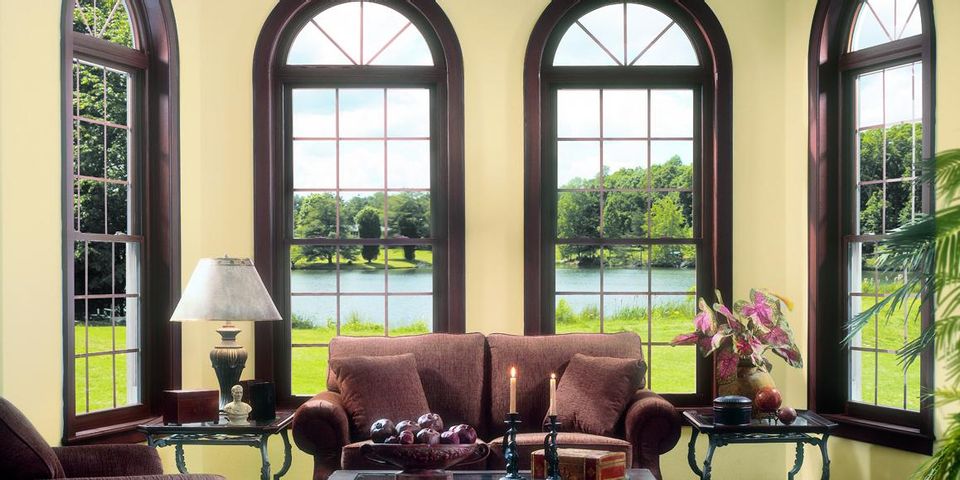
First came single pane windows. Then came the revolutionary advancement of double pane glass. And now there’s triple pane. But why would you want to get triple pane glass in your replacement windows?
When double pane glass was introduced, it added enormous energy efficiency gains compared to single pane. Two panes of sealed glass added a pocket of insulating air space that didn’t exist with single pane glass. This greatly advanced the energy efficiency of glass in windows. Later, the air was replaced with argon (or even krypton) gas, which offer better insulating properties than normal, atmospheric air.
However, double pane glass is not the most energy efficient option available. Just as adding one pocket of insulating air between the panes of glass was a great improvement, so was the addition of a second pane of glass—something you get with triple pane windows.
The second big difference between most dual-pane and triple-pane glass units (called “insulated glass units”, or IGU’s) is the placement of the low-e coating. Low-e (“low-emissivity”) coatings reflect thermal energy, are are in most modern windows. In double pane glass, there is one coat of low-e on the inside of the inner pane of glass. However, in most triple pane units (including ours at Windows Plus), there are two coatings of low-e; on the inside of the inner pane of glass, and on the inside of the outer pane of glass.
Taken together, the dual-insulating pockets of air, coupled with the dual low-e coatings, makes triple pane glass far superior than double pane.
Of course, Windows Plus is the Home of the Free Triple Pane Upgrade, so when we put our award winning Elements® windows in your home, you’ll get all of the energy-saving benefits of triple pane glass too.
About the Business
Have a question? Ask the experts!
Send your question

